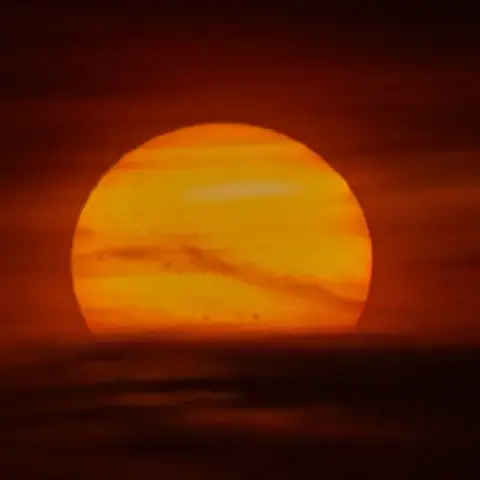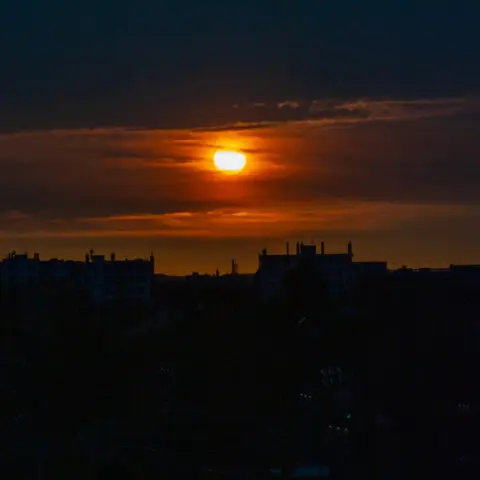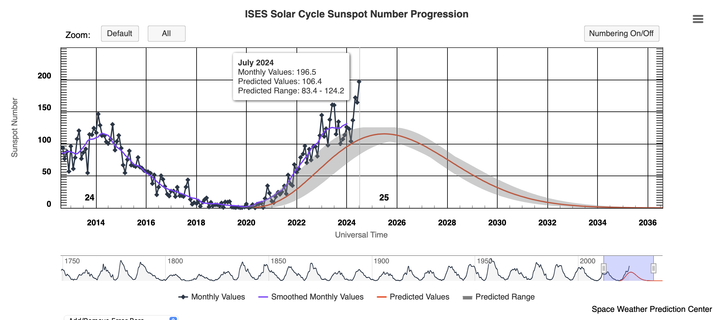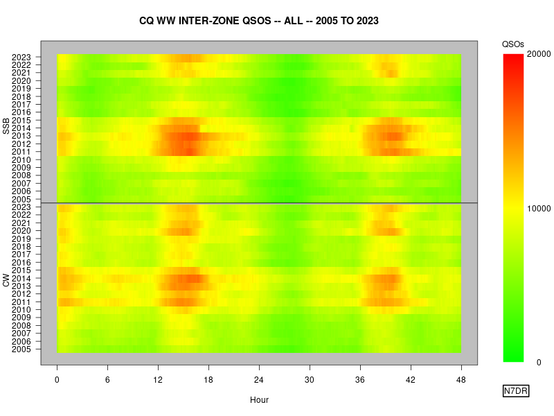This article reminds me of the old story:
Guy tells a friend: "I see spots before my eyes!"
Friend: "Have you seen a doctor?"
"No, just spots!"
Astro Bob: Let's Count Sunspots
"The original forecast for the current cycle, dubbed Cycle 25, was made in 2019 with the peak predicted for this upcoming July. However, more recent forecasts hint that we reached maximum in late 2024, so we may have already passed the peak. A more definitive answer will have to wait until the sun enters a slump. Then we'll be able to look back with hindsight and better frame the time."
https://www.duluthnewstribune.com/lifestyle/astro-bob/astro-bob-lets-count-sunspots







